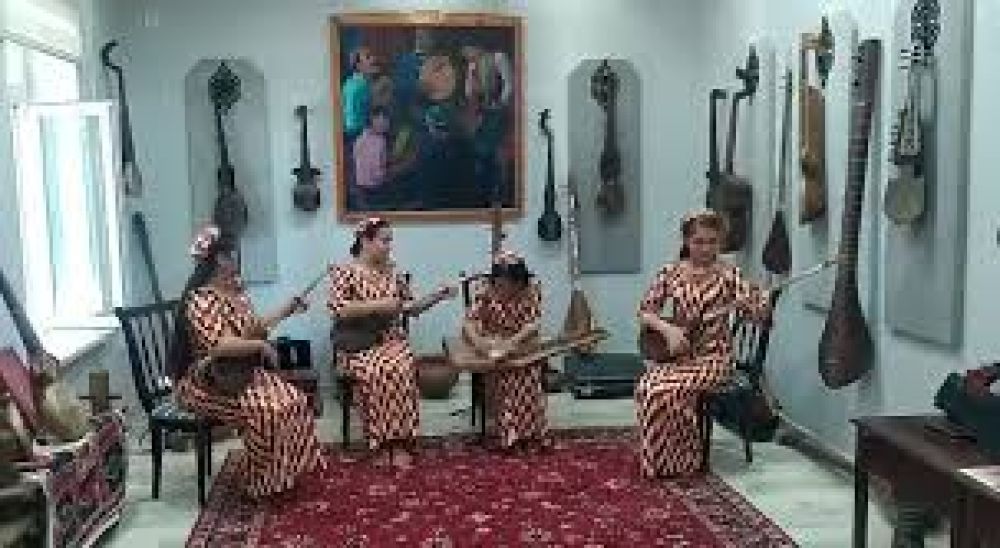

The Gurminj Museum of Musical Instruments was established in 1990 by Gurminj Zavkibekov, a celebrated actor and musician from the Pamir region of Tajikistan. Nestled in a traditional Tajik wooden house in the heart of Dushanbe, the museum began with a modest collection of about 20 regional musical instruments.
Over the years, the collection grew, and today it boasts more than 100 instruments, showcasing the diverse musical history of Central Asia. The museum provides a unique glimpse into the traditional music of Tajikistan, with instruments that reflect the influence of Persian, Russian, and Asian cultures.
The Gurminj Museum serves as a crucial cultural hub, conserving instruments that might otherwise have been forgotten. It plays an important role in preserving intangible cultural heritage, as many of the instruments are rare and no longer used actively in performances.
The museum is not just a storage house for instruments; it is a living space that regularly hosts musical performances, allowing visitors to experience the sounds and craftsmanship of traditional Tajik music. Such events also highlight the museum’s role in musical education and cultural sustenance.
Tourism in Dushanbe, and Tajikistan as a whole, has a relatively short history, greatly expanding after the country gained independence following the dissolution of the Soviet Union in 1991. In the early years, tourism developed slowly due to the civil war that ravaged the country from 1992 to 1997. However, the government has since made a concerted effort to promote the nation's history, culture, and natural beauty to attract international visitors.
The Gurminj Museum of Musical Instruments plays an essential part in these efforts, providing a window into the soul of Tajik culture and promoting cultural tourism in the capitol city.
In recent years, Tajikistan has seen a rise in eco-tourism and adventure tourism, with travelers seeking to explore the country's largely untouched mountains and lush valleys. This trend aligns with a growing global preference for sustainable tourism practices and the desire for authentic experiences.
As for cultural tourism, venues like the Gurminj Museum benefit from this shift, with tourists increasingly keen to immerse themselves in local culture and history. The museum has garnered attention from ethnomusicologists, historians, and curious tourists alike, all seeking to understand and enjoy the melodies that narrate Tajikistan's past and present.
In sum, the Gurminj Museum of Musical Instruments stands as a testament to Tajikistan’s rich cultural tapestry and is an essential stop for anyone looking to grasp the heart of Dushanbe’s musical heritage.
Whether you are a music lover, a cultural enthusiast, or a tourist looking for a distinctive experience, the Gurminj Museum awaits with its resonant chords and warm welcome.